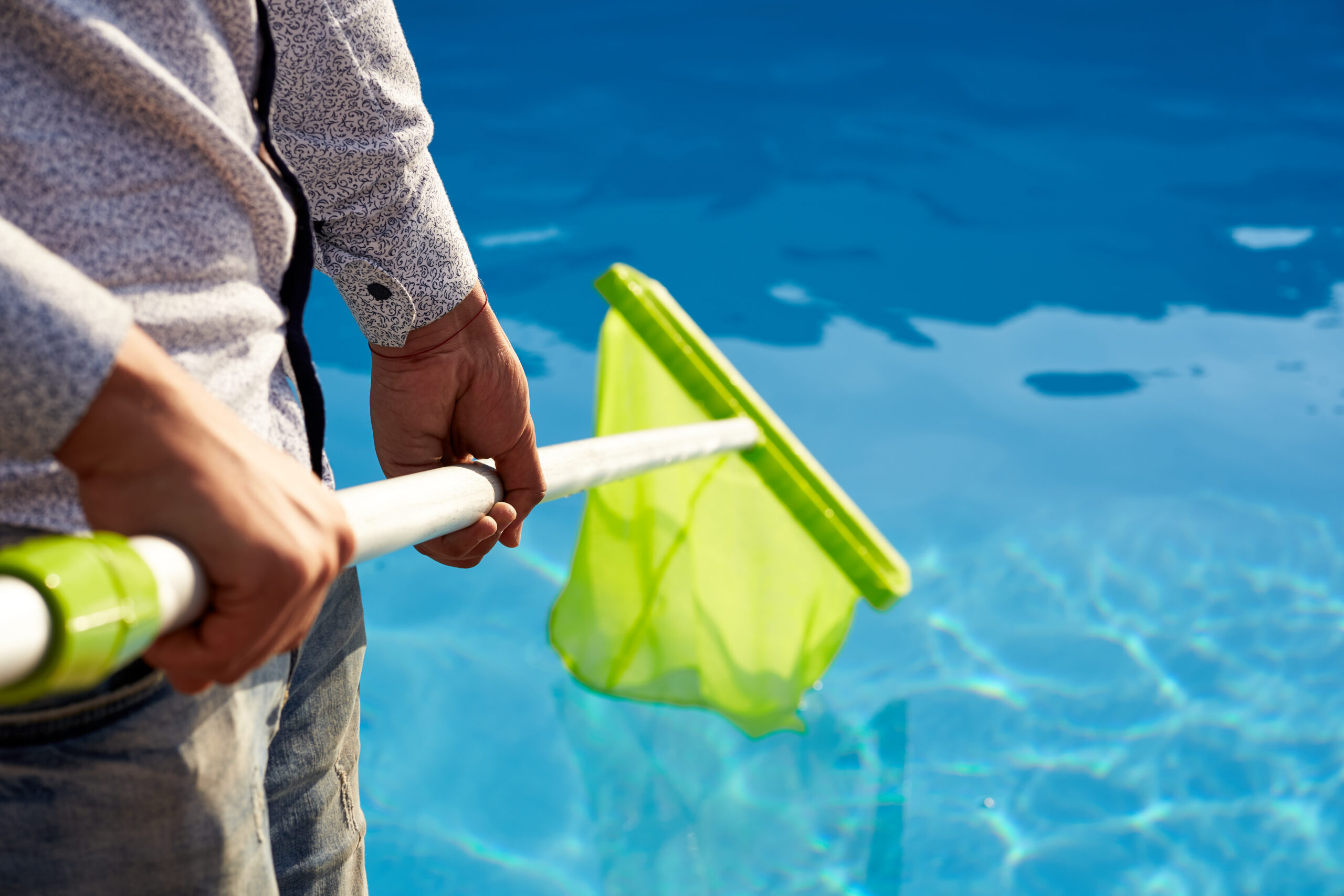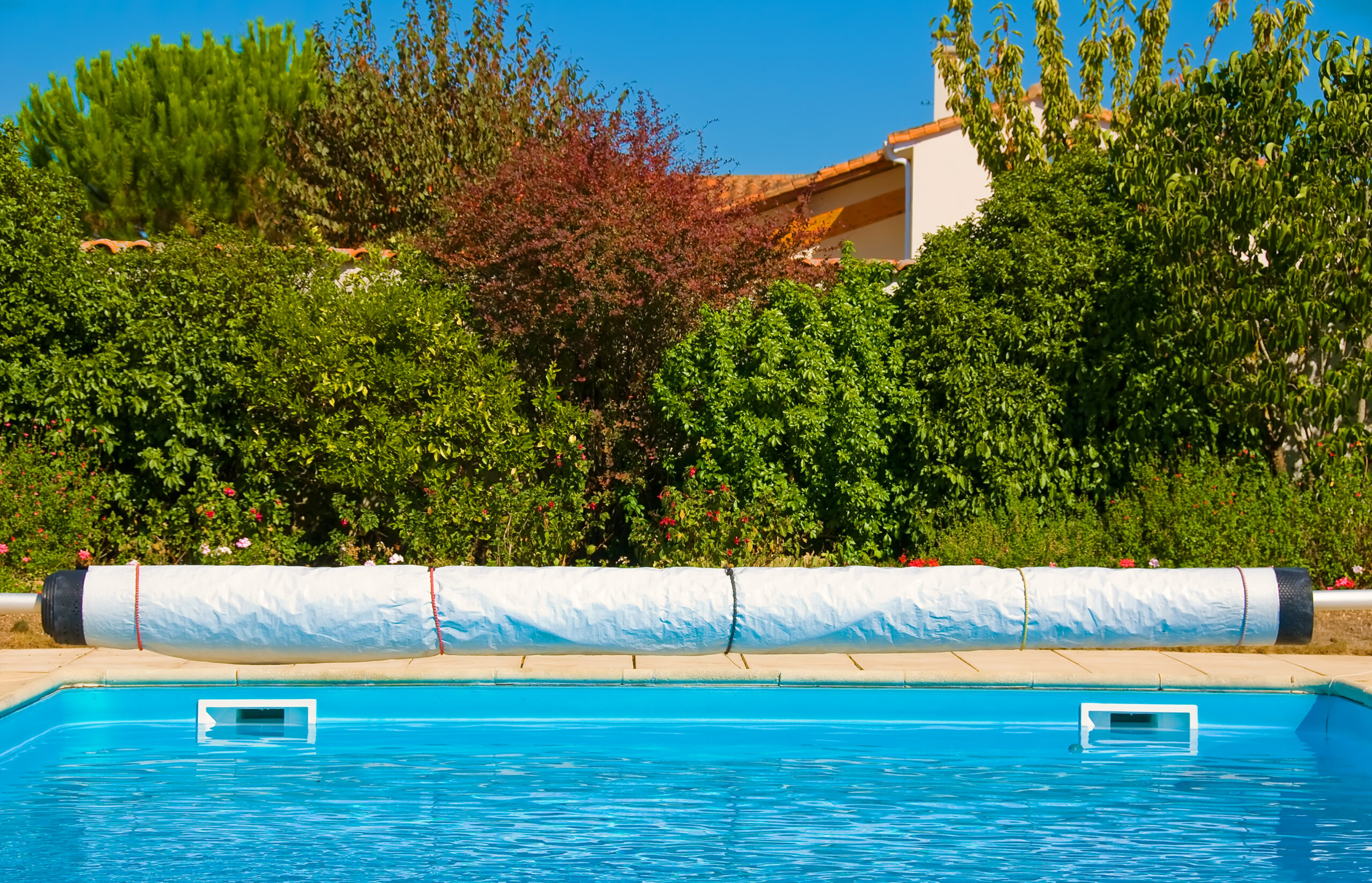You’re tired of high pool maintenance costs, aren’t you? But don’t worry, we’ve got your back.
This article will walk you through practical ways to significantly cut those expenses. From understanding the basics, making smart use of chemicals, to regular cleaning and effective DIY tips-you’ll master it all.
So get ready to dive into a world of cost-effective pool maintenance strategies that’ll keep your wallet happy!
Understanding the Basics of Pool Maintenance
Before we dive into reducing costs, let’s first understand what pool maintenance is all about. It’s an ongoing process designed to ensure the cleanliness, safety, and functionality of your pool. This involves consistent monitoring and upkeep of various aspects like Pool Safety Measures and Seasonal Pool Care.
Pool Safety Measures are essential to maintain a safe environment around your pool. This includes proper fencing or covers to prevent accidents, regular checks on the condition of ladders or steps for accessibility, and ensuring that any chemicals used in the pool are safely stored away from children or pets.

Seasonal Pool Care is another critical aspect of pool maintenance. Each season presents unique challenges for maintaining your pool. For example, during summer months you’ll need to regularly check pH levels due to increased usage; while in winter it’s crucial to properly winterize your pool to protect against freezing temperatures which can cause significant damage.
Understanding these basics will undoubtedly give you a strong foundation on which you can build strategies to reduce the cost of maintenance without compromising on safety or enjoyment of your pool.
Efficient Use of Pool Chemicals
You’ll find that using your swimming hole’s chemicals efficiently can significantly cut down on unnecessary expenses. The key to this cost-saving technique is twofold: proper chemical storage and adherence to safety precautions.
Ensuring correct chemical storage plays a crucial role in maintaining the potency of your pool chemicals, hence extending their shelf-life. Always store them in a cool, dry place with good ventilation, away from direct sunlight and other hazardous materials. Make sure containers are sealed tightly after use to prevent contamination or degradation.
Safety precautions mustn’t be overlooked either. Misuse of pool chemicals can lead to wastage or even damage to your pool, resulting in additional costs for repair and replacement. Always follow the manufacturer’s instructions when using these products; better safe than sorry. Don’t mix different types of chemicals as it could lead to dangerous reactions.
Furthermore, test your water regularly so you’ll know exactly which chemicals are needed and in what amounts. Overuse not only wastes money but can also unbalance your water chemistry, leading to issues like cloudy water or algae growth.
With these strategies in hand, you’re on track towards mastering efficient chemical usage for your pool – benefiting both your wallet and swimming enjoyment!
Investing in Energy-Efficient Pool Equipment
Investing in energy-efficient equipment is a smart move that will not only enhance your swimming experience but also save on electric bills. You are not just considering the short-term costs; you are strategically planning for long-term savings.
Take solar heating systems, for example. They harness the abundant and free energy provided by the sun to heat your pool water. This means that, with minimal upkeep cost, your pool stays warm without guzzling electricity. It is an eco-friendly solution that will slash utility bills while providing consistent warmth for comfortable swimming.
Then there are eco-friendly filters that contribute significantly towards reducing pool maintenance costs. Traditional sand filters require backwashing, which wastes gallons of water each time it is performed. Eco-friendly cartridge filters, however, simply need to be removed and washed off with a hose, using much less water.
It is about making wise choices and understanding how each piece of equipment impacts your overall operating costs and environmental footprint. By investing in technologies like solar heating systems and eco-friendly filters, you are making a smart move toward mastering sustainable pool maintenance practices while saving money in the process.
Regular Pool Cleaning: A Cost-Effective Strategy
Regular cleaning is a proven strategy that will keep your swimming area in top shape while also being kind to your wallet. It’s all about maintaining the right cleaning frequency and knowing when it’s time for filter replacement.
You see, neglecting regular pool cleanings can lead to a buildup of debris, which forces your pump and filter system to work harder than necessary. This not only reduces their lifespan but also spikes up your energy bill. So, stick to a weekly cleaning schedule. Skim off leaves and other floating debris, brush the walls and floor, and vacuum thoroughly.
Now let’s talk filters – the unsung heroes in keeping your pool crystal clear. They trap dirt particles that are too small for normal cleaning methods. However, over time they become clogged and less efficient. It’s recommended that cartridge filters be replaced every 2-3 years while sand or diatomaceous earth filters require replacement after 5-7 years.
Remember: Upkeep isn’t just about cleanliness; it’s an investment into the longevity of your pool system! Regular maintenance is indeed a cost-effective way to prevent larger expenses down the road.
DIY Pool Maintenance: Tips and Tricks
Diving into some DIY tactics for keeping your swimming spot pristine can be a real game changer, and it’s easier than you might think. One key strategy is mastering Pool Covering Techniques.
A pool cover not only prevents debris from falling in but also reduces evaporation, saving water and chemicals. Selecting the right cover is crucial. Solar covers are great for warming your pool while mesh and solid covers provide hardy protection during off-seasons. Covers must fit snugly around every corner; improperly fitted ones become ineffective quickly.

Off season Care is another essential aspect of cost-effective pool maintenance. During winter, balance your water chemistry before covering up to prevent algae growth. Ensure all equipment – filters, pumps, heaters – are adequately winterized to avoid costly repairs come springtime.
Invest time in regular skimming and vacuuming which saves money on professionals and keeps the water crystal clear.
Frequently Asked Questions
What Are Some Alternative Methods to Traditional Pool Maintenance That Can Reduce Costs?
You could consider DIY maintenance, such as regular skimming and scrubbing. Also, a saltwater conversion might cut down on chemical costs. These alternative methods could significantly reduce your pool upkeep expenses over time.
How Can I Negotiate a Better Price With My Pool Maintenance Service Provider?
To negotiate better pricing with your pool service provider, use contract negotiation strategies. Discuss maintenance schedule flexibility and how less frequent services could lower costs. Always be assertive and clear in your communication.
Are There Any Government Programs or Rebates Available for Eco-Friendly Pool Maintenance?
Yes, there are. Many government programs incentivize eco-friendly pool maintenance. Solar heating benefits and rainwater harvesting may qualify for rebates or tax credits. Research your local regulations to take advantage of these opportunities.
Can I Reduce Pool Maintenance Costs by Changing the Type of Pool Liner or Finish?
Yes, you can cut costs by choosing liners with greater longevity. Additionally, investing in energy efficient equipment helps reduce maintenance expenses over time, making your pool more economical to run.
How Does the Size and Shape of My Pool Impact the Overall Maintenance Cost?
The size and shape of your pool directly impacts maintenance costs. Larger, deeper pools require more chemicals and cleaning. Unique shapes might demand specialized equipment or extra time for upkeep, increasing expenses.
